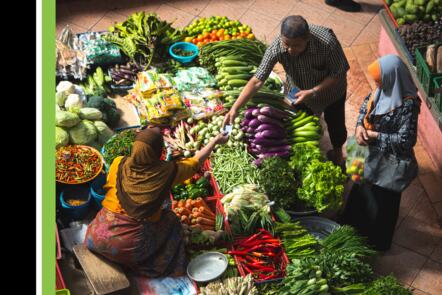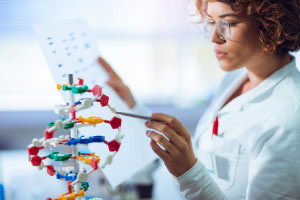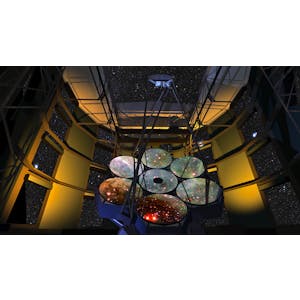Description
This course is designed for people who want to learn the fundamentals of plant biology. We will first learn about the structure-function of plants and plant cells in this four-lecture series. Then we'll try to figure out how plants grow and develop, creating complex structures like flowers. Once we understand how plants grow and develop, we'll move on to photosynthesis, which is how plants take carbon dioxide from the air and water from the soil and convert it into oxygen for us to breathe and sugars for us to eat. In the final lecture, we'll learn about the fascinating, important, and contentious science behind agricultural genetic engineering.
Syllabus :
1. Course Introduction and Plant Cell Structure
- Course Promo
- All plants are made of cells
- Different types of microscopy are used to study cells
- Characteristics of plant cells
- Plastids
- The origin of chloroplasts
- The cell wall
- The vacuole and plasmodesmata
- Vascular tissue - xylem
- Vascular tissue – phloem
2. Whole-Plant Structure
- Plant organs
- Apical meristems
- Root structure and development
- Shoot apical meristem and development
- Flower development
- Development is regulated by gene expression
3. Photosynthesis
- Chloroplast structure
- Chemical currency: ATP and NADPH
- Light and Photosynthesis
- The light-dependent reactions and electron transfer
- The Light-dependent Reactions and ATP
- Phototsynthesis 2: The dark reactions and sugar synthesis
- Discussion with Prof. Nir Ohad: The Carbon Cycle
- Inside a photosynthesis lab
4. Plant genetic engineering
- Introduction
- Cultivated foods and genetic changes
- Conventional breeding and genetic engineering methods
- Recombinant DNA technology
- Transgenic plants - proof of concept
- Case study: Genetic engineering in combating viruses in agriculture
- Examples of genetic engineering: Nutritional benefits
- Potential of genetic engineering: I Insect resistant plants
- Concerns about the use of genetic engineering in agriculture








